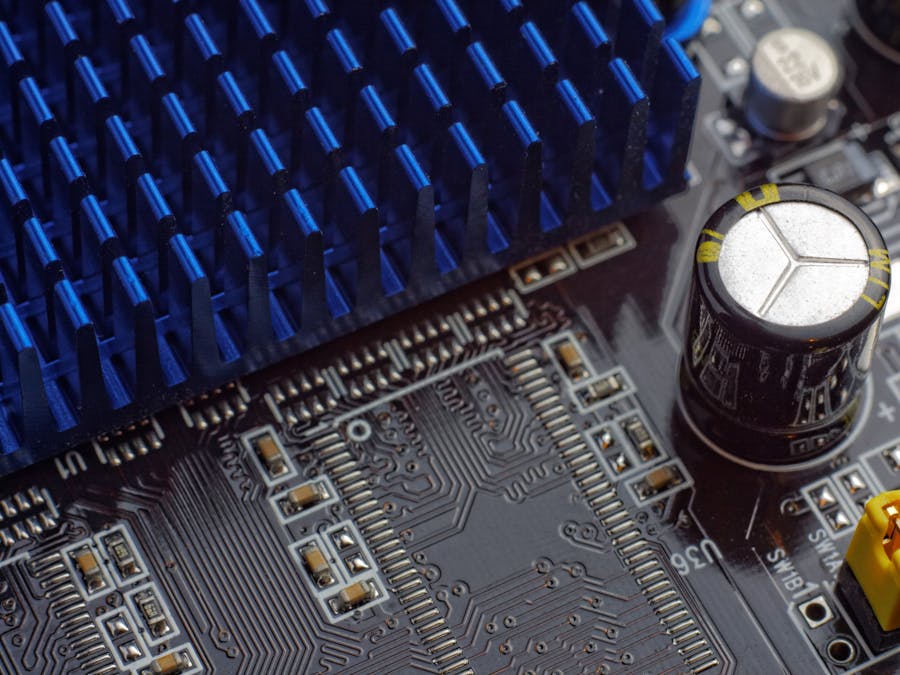The SainSmart Arduino Starter Learning Kit - CHIKU is a great way to get started with Arduino, coding and electronics. It includes the components you need to make fun projects. This is specially suitable for Arduino beginners.
- All-in-one kit, a great starter kit for learning Arduino
- Microcontroller Board: Uno R3 ATmega328P-PU 16U2
- Great for robot prototyping: Includes Servo&motor, Ultrasonic sensor, Relay, LCD module and etc
- 1x SainSmart UNO R3
- 1x USB cable
- 1x HC-SR04 Ultrasonic Sensor Distance Module
- 2x L293D
- 1x Relay Module
- 2x Photoresistor
- 1x Servo motor
- 1x Active Buzzer
- 1x Passive Buzzer
- 2x 7-segment Display
- 1x 4 Bit 7-segment Display
- 1x SS8050 NPN Transistor
- 1x 8*8 Dot Matrix LED Display
- 1x LM35 Temperature Sensor
- 2x potentiometer
- 8x Button
- 32x Jump Wires
- 1x 9V battery cord
- 10x (220 ohm + 1k ohm +10k ohm) resistor
- 4x 10/100uF Capacitor
- 1x Breadboard
- 2x 74HC595 Chip
- 1x LCD 12864
- 1x SainSmart Prototype Shield
- 2x Tilt Sensor
- 1x Stepper Motor Driver Board
- 1x Hall Sensor
- 1x Stepper Motor
- 1x Infrared Remote controller
- 1x Infrared Receiver
- 1x 2.54mm Straight 40 Pin Header
- 1x 2.54mm Elbow 40 Pin Header
- 1x DC Motor
- 1x MPU 6050 Module
- 1x Joystick Module
- 1x PIR Motion Sensor
- 1x 5mm RGB LED
- 10x Red LEDs
- 10x Green LEDs
- 10x Blue LEDs
- 10x Yellow LEDs
- 10x Female-Female Dupont wires
- 10x Male-Female Dupont wires
After knowing about kit, lets get started with interfacing things!
Intro to Arduino and Arduino IDEArduino Uno is a microcontroller board based on the ATmega328P (datasheet). It has 14 digital input/output pins (of which 6 can be used as PWM outputs), 6 analog inputs, a 16 MHz quartz crystal, a USB connection, a power jack, an ICSP header and a reset button. It contains everything needed to support the microcontroller; simply connect it to a computer with a USB cable or power it with a AC-to-DC adapter or battery to get started.. You can tinker with your UNO without worring too much about doing something wrong, worst case scenario you can replace the chip for a few dollars and start over again.
Before you can start doing anything with the Arduino, you need to download and install the Arduino IDE (integrated development environment). From this point on we will be referring to the Arduino IDE as the Arduino Programmer.
Connect the Arduino to your computer's USB port. Please note that although the Arduino plugs into your computer, it is not a true USB device. The board has a special chip that allows it to show up on your computer as a virtual serial port when it is plugged into a USB port. This is why it is important to plug the board in. When the board is not plugged in, the virtual serial port that the Arduino operates upon will not be present (since all of the information about it lives on the Arduino board).
Before you can start doing anything in the Arduino programmer, you must set the board-type and serial port.
To set the board, go to the following:
Tools --> Boards
Select the version of board that you are using. Since I have an Arduino Uno plugged in, I obviously selected "Arduino Uno."
To set the serial port, go to the following:
Tools --> Serial Port
Select the serial port that looks like:
/dev/tty.usbmodem [random numbers]
Arduino programs are called sketches. The Arduino programmer comes with a ton of example sketches preloaded. This is great because even if you have never programmed anything in your life, you can load one of these sketches and get the Arduino to do something.
To get the LED tied to digital pin 13 to blink on and off, let's load the blink example.
The blink example can be found here:
Files --> Examples --> Basics --> Blink
The blink example basically sets pin D13 as an output and then blinks the test LED on the Arduino board on and off every second.
Ok, Now You know basics so lets get ahead!
Interfacing Piezo Speakers:Diagram below shows the hardware connections of Piezoelectric sensor interfacing with Arduino. Piezoelectric sensors have two output pins one is positive potential and other is at negative potential ( means ground ). Positive potential pin is connected with pin 3 analog channel of Arduino and negative potential pin is connected to ground. A resistor of 2 mega ohm is connect between them for protection purpose. A led is connected to pin zero to check working of sensor output.
Because servo motors use feedback to determine the position of the shaft, you can control that position very precisely. As a result, servo motors are used to control the position of objects, rotate objects, move legs, arms or hands of robots, move sensors etc. with high precision. Servo motors are small in size, and because they have built-in circuitry to control their movement, they can be connected directly to an Arduino.
Most servo motors have the following three connections:
- Black/Brown ground wire.
- Red power wire (around 5V).
- Yellow or White PWM wire.
Connections:
- Seven Segment Display Sainsmart UNO
- 1(e) 6
- 2(d) 5
- 3,8(COM) GND
- c 4
- 5(dp) -
- 6(b) 3
- 7(a) 2
- 9(f) 7
- 10(g) 8
Here we will try to Interface IR Receiver and try to control On Board LED of Sainsmart UNO.
Connections:
- (Vout) Pin 1 to pin 11(Sainsmart UNO) (GND)
- Pin 2 to GND(Sainsmart UNO) (Vcc)
- Pin 3 to 5v(Sainsmart UNO)
Here we will try to interface Ultrasonic Range Sensor To Sainsmart UNO and get the results of distance in Serial Monitor.
Connections:
- Vcc to 5V Pin of the Arduino.
- Gnd to Gnd Pin of the Arduino.
- Trig to Digital Pin 9.
- Echo to Digital Pin 10.
Here we will interface Joystick and see the output results in the serial monitor. The output will be in the form of X and Y axis.
The module has 5 pins: Vcc, Ground, X, Y, Key. Note that the labels on yours may be slightly different, depending on where you got the module from. The thumbstick is analog and should provide more accurate readings than simple ‘directional’ joysticks tat use some forms of buttons, or mechanical switches. Additionally, you can press the joystick down (rather hard on mine) to activate a ‘press to select’ push-button.
Connections:
- Sainsmart UNO 5V to VCC of Joystick.
- Sainsmart UNO GND to GND of Joystick.
- Sainsmart UNO A0 to VER/Y of Joystick.
- Sainsmart UNO A1 to HOR/X of Joystick.
Connections:
8×8 matrix consists of 64 dots or pixels. There is a LED for each pixel and these LEDs are connected to total of 16 pins. You can identify the pin out and circuit diagram of it using the following figure.
Connections:
As you can see in the diagram every column pin is connected to Arduino pin through a 220Ω resistor. All the row pins are connected to one of the output pin of the shift register.
The pin connections for GLCD displays are not standardized, and it is important to check the data sheet for your panel to confirm how it should be wired. Incorrect connections of the signal lines are the most common cause of problems, and particular care should be taken with the power leads, as wiring these incorrectly can destroy a panel.
Connections:
Interfacing the Hall Effect sensor with Arduino is really simple. The VCC of the sensor is connected to Arduino’s 5V power pin. The GND of the sensor is connected to the GND pin on the Arduino. The Vout or Signal pin of the Hall Effect sensor is connected to the Arduino’s interrupt pin (digital pin 2). Furthermore, a 10K resistor is connected between the VCC and Vout pins of the Hall Effect sensor. This is done to pull the output of the Hall Effect sensor to 5V.
Thank You!



_ztBMuBhMHo.jpg?auto=compress%2Cformat&w=48&h=48&fit=fill&bg=ffffff)













_3u05Tpwasz.png?auto=compress%2Cformat&w=40&h=40&fit=fillmax&bg=fff&dpr=2)
Comments
Please log in or sign up to comment.